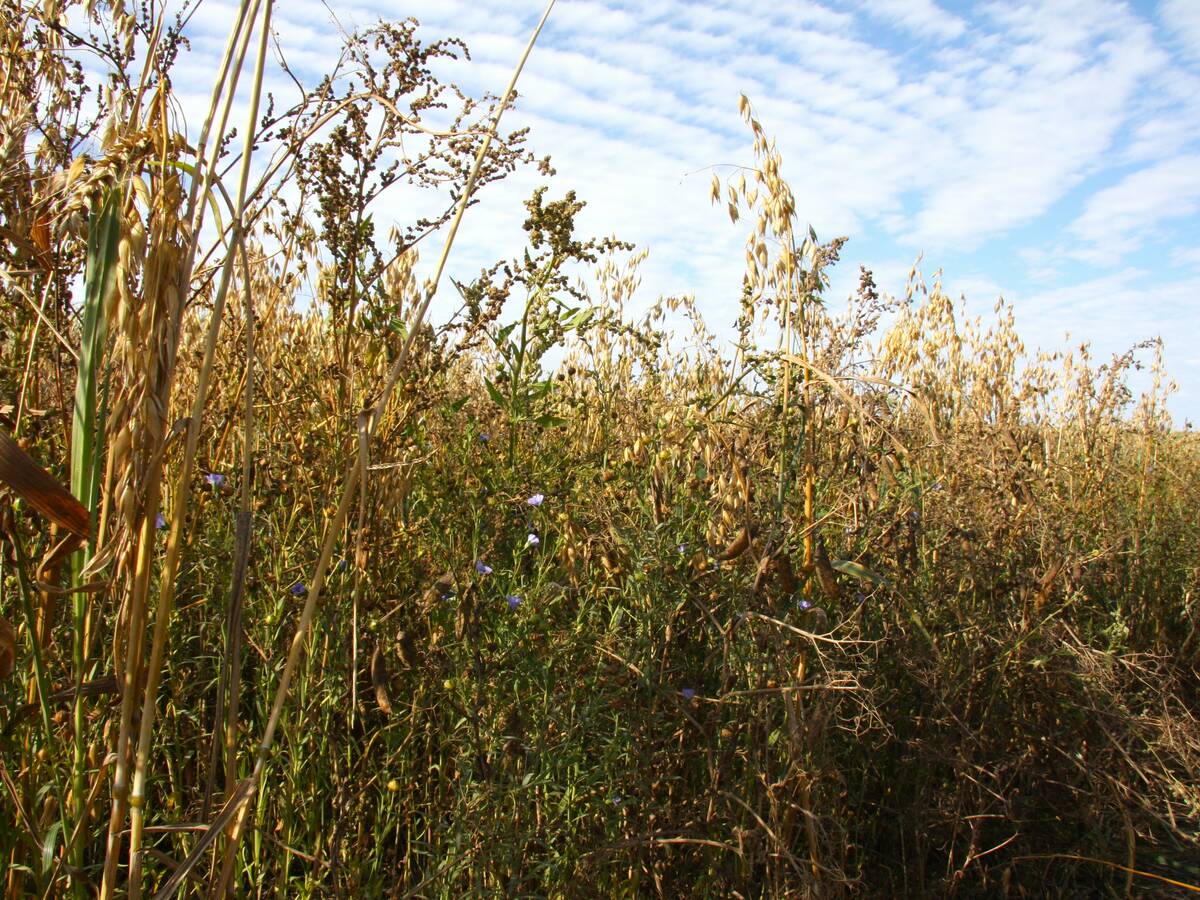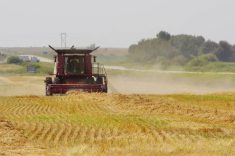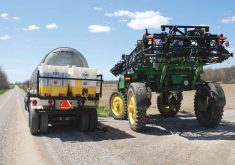Every year weed scientists with Agriculture and Agri-Food Canada continue their herbicide-resistant weed surveys — and every year they find new places with weeds poking through the crop canopies in direct defiance of the spraying.
This is because Mother Nature is better at genetics than we are at chemistry so our herbicides just can’t keep up, according to Charles Geddes, a weed scientist and researcher with Agriculture and Agri-Food Canada based in Lethbridge, Alta.
“Increasing resistance is really important when it comes to the limited number of herbicide modes of action that we have to manage these biotypes,” Geddes told the Manitoba Agronomists’ Conference earlier this winter. “Resistance is going to be at the forefront of shaping our agronomic systems so it’s better to act now and try to prevent herbicide-resistant weeds from showing up.”
Read Also

PepsiCo nearly doubles regenerative scope
Another 240,000 farm acres managed through regenerative agriculture will be supported by PepsiCo across Manitoba and Saskatchewan by the end of 2025.
Why it matters: No new chemistry and more resistant weeds are a bad combination for farmers.
It means the game gets more complicated as weeds become resistant, not just to one, but two or even more different herbicides. Alberta’s kochia is a case in point and an interesting window into the evolution of resistance over time.
Back in the 1980s kochia in Warner County, just south of Lethbridge, had developed resistance to Group 2 herbicides. Over the next 20 years, Group 2 resistance spread so widely throughout the kochia population that the industry doesn’t even test for it anymore because it is now so common.
In 2011 weed scientists found the first glyphosate-resistant strain and the next year the surveys showed four per cent of kochia was glyphosate tolerant. By 2017 that number had jumped to 50 per cent and, as if that wasn’t bad enough, the survey found that within kochia populations, 18 per cent were also resistant to dicamba and 10 per cent could tolerate Group 2 herbicides as well as dicamba and glyphosate.
“We just completed the collection of these populations for the 2021 survey and we’ll be screening through these this winter,” Geddes said. “It will be interesting to see how the resistance story has evolved in Alberta when it comes to kochia.”
Here in Manitoba the kochia story has been similar, with the assumption that most are now Group 2 resistant, and took a dark turn back in 2014, when it was found to be the province’s first glyphosate-resistant weed.
If kochia is so adaptable that a brute force herbicide application will no longer kill it, farmers and agronomists have to find ways to outsmart it instead. One of the projects Geddes is leading looks at crop rotations to see if they can be used to exploit kochia’s weakness.
“For kochia, the weak point is the seed longevity in the soil seed bank which only persists for one to two years,” he said. “If you can manage kochia effectively for one or two years that can go a long way to depleting the seed bank.”
The idea is to beat the kochia back by running through a spring wheat-canola-spring wheat-lentil rotation to see if different seeding rates might help the crop to outcompete the weed. The recommended rate and row spacing was compared to the double rate with narrower row spacing.
“With narrower rows and higher seeding rates we’re promoting a more competitive crop that helps compete with kochia so it will produce less seed,” Geddes said. “Less seed entering into the seed bank can drive it down before going into a less competitive crop with poorer herbicide options like lentil.”
Increasing the seeding rate did have an impact. In one year, they reduced kochia biomass by 74 per cent. Geddes said the effect of the rotation was almost like adding another effective herbicide mode of action into the tank. They also hit the weed with a slightly different rotation, changing the crop life cycle by using winter wheat instead of spring wheat. Winter wheat is already well established by the time kochia is getting started and it’s harvested before the kochia can set seed.
“We’re essentially limiting seed return to the soil with the winter cereal in the rotation,” Geddes said. “That drives those populations down before we get to the lentil phase. We also have a similar story for alfalfa. Adding a perennial into the rotation and cutting it for hay a couple of times a year can help mitigate seed production from kochia and drive down that seed bank over time.”
Other recent surveys delivered some bad news this year. Geddes has reported the first glyphosate-resistant grass weed in Canada.
“This summer I had an agronomist contact me because they were seeing lack of control of downy brome in a glyphosate-resistant canola field,” he said. “This was in Taber County just east of Lethbridge where the grower had applied it. After the fourth application of glyphosate they saw no control of the downy brome present in that field.”
Geddes collected some of the downy brome seed and tested a dose response, spraying the emerging plants and comparing their growth to a susceptible strain. Different trials will use different herbicide application rates measured in grams acid equivalent per hectare. The results, which have been replicated, showed a ten- to twelvefold resistance to glyphosate.
“The field rate tends to be the 450 to 900 rate and it was not even touching this downy brome population,” Geddes said. “We don’t know the extent of the problem. We know that it’s in one or two fields in Taber County but we don’t have a good idea of how widespread it is at this point.”
There are also a couple of new weeds in Manitoba that farmers need to know about because these could be a real problem. Both waterhemp and Palmer amaranth have been documented in Manitoba and both are capable of glyphosate resistance.
“Both of these amaranth weeds are huge issues for farmers in the United States and they’re not weeds that we want to have here in Western Canada,” Geddes said. “They’re also associated with a lot of resistance issues and I know that some of these waterhemp populations have been confirmed glyphosate resistant. Keep your eye out for them and if you do spot these weeds contact your weed specialist and make sure they’re dealt with appropriately.”














